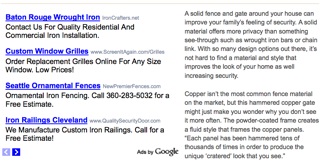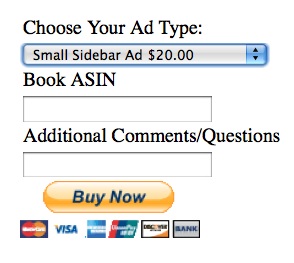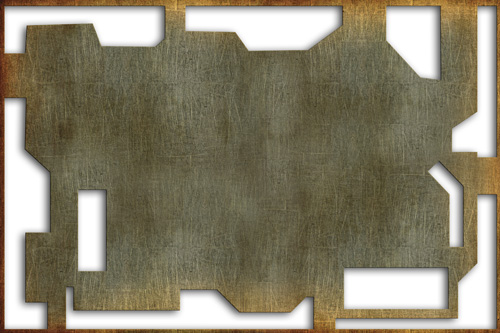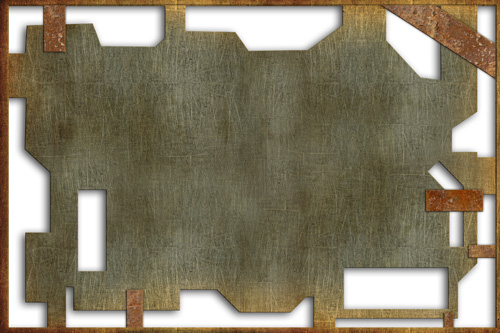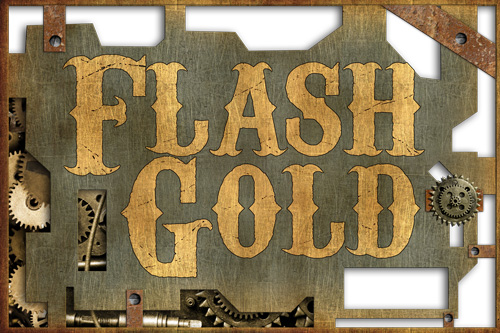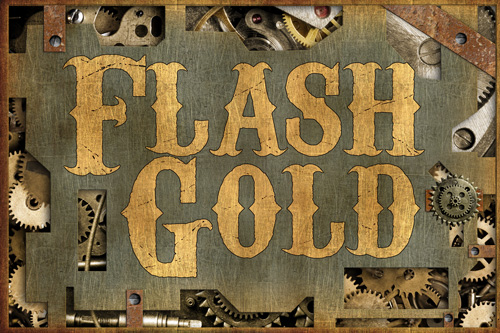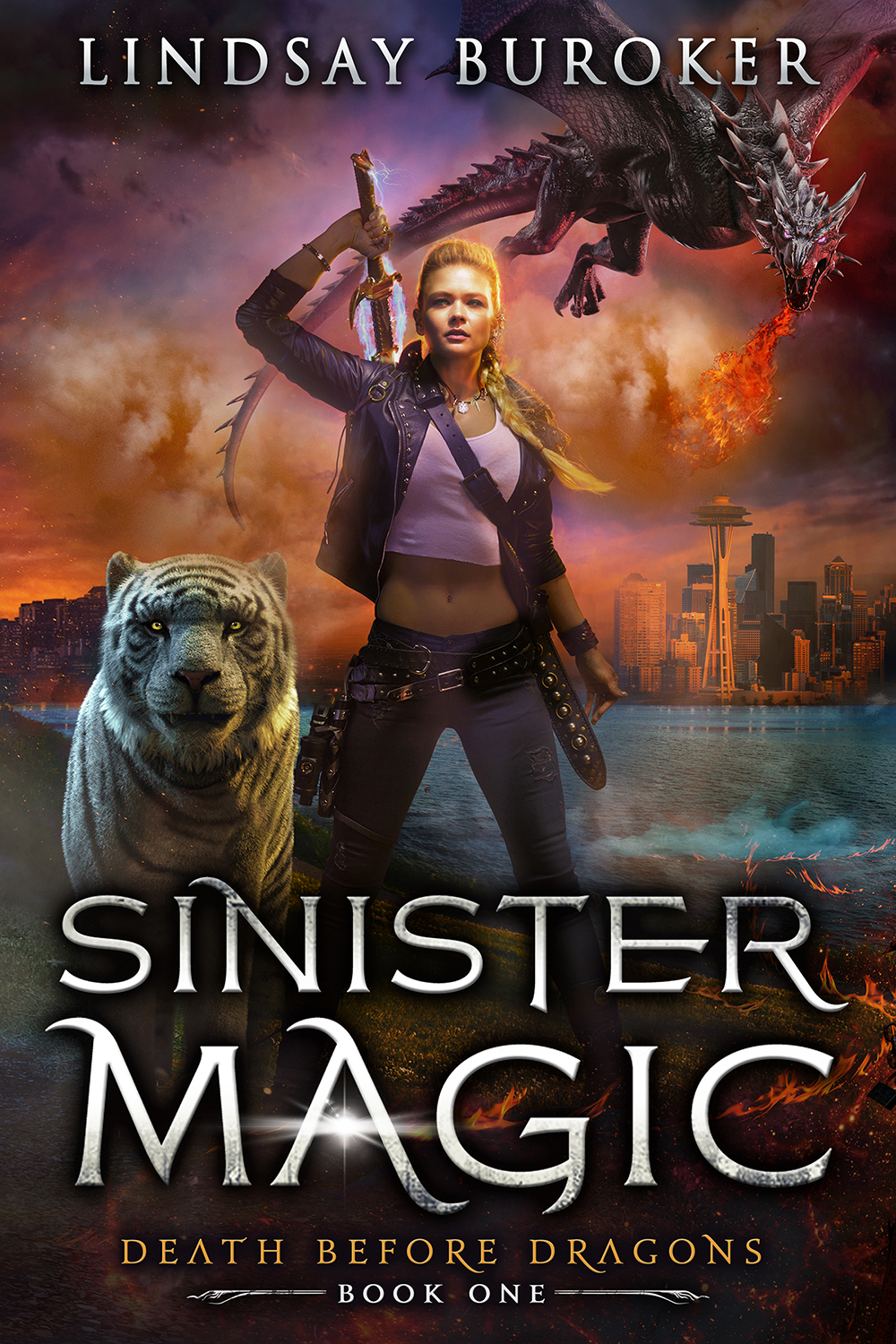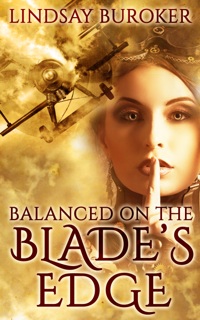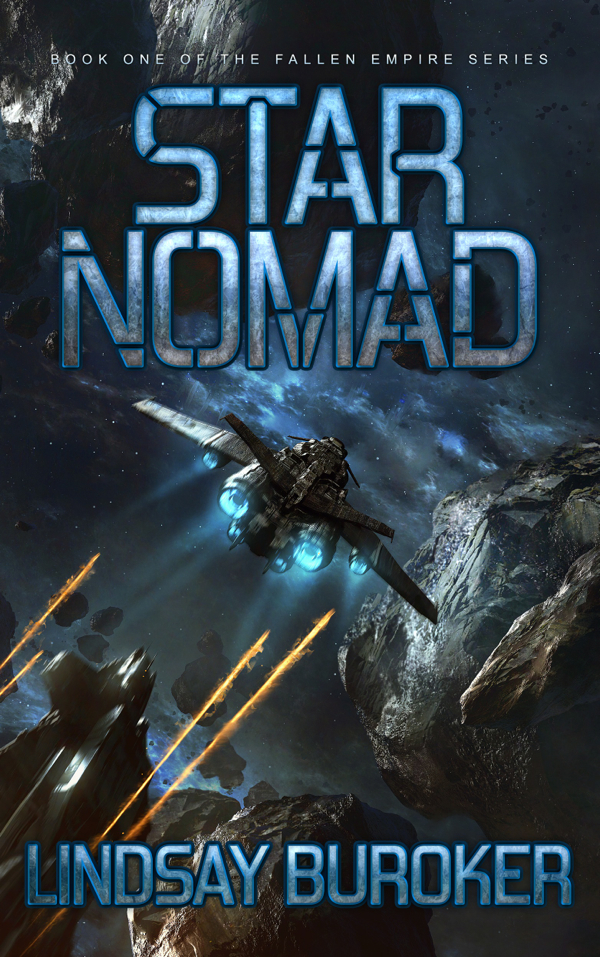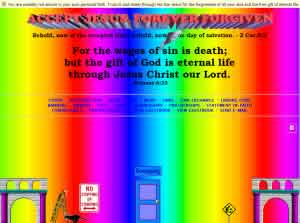 Whether you sell ebooks or print books, chances are most sales will come as a result of people finding your work on Amazon, Barnes & Noble, Goodreads, etc., but you can sell quite a few as a result of having a blog and/or author website too.
Whether you sell ebooks or print books, chances are most sales will come as a result of people finding your work on Amazon, Barnes & Noble, Goodreads, etc., but you can sell quite a few as a result of having a blog and/or author website too.
When I mention my ebooks here, I use affiliate links so I know how many sales originate on my site. You can also URL shortening tools, such as Bitly to see how many people click a certain link on your site (i.e. one going to your book at Amazon).
If you’re not selling many, or any, books through your website, then it may be worth asking if something can be improved. I’m not going to talk about big drastic changes that would require hiring a programmer (heck, I have a long list of those types of changes for my own site), but little things we can do to make things easier on readers and possibly increase our conversion rates, aka, how many books we sell through our sites!
Without further ado…a short checklist:
Are book covers and purchase links prominently displayed?
I usually check out author blogs when new writers follow me on Twitter, and I’m often surprised how much clicking and scrolling I have to do to find a link that’ll take me to a book’s Amazon sales page. (Sometimes I never find that link and give up.)
I may be in the minority here, but I don’t want to mess around with widgets to read sample chapters. I own a kindle, therefore I want to go right to the Amazon page (where I can see all the reviews and get an inkling of whether this is worth my time to even try) where I’ll download a sample (I bought an e-reader specifically so I wouldn’t have to read ebooks on my computer).
You don’t have to list links to every bookstore where your ebook can be found, but at least consider Amazon and Barnes & Noble (I do Smashwords, too, since they have ebook formats for everybody under the sun). And remember, the more clicks people have to make to find those sales pages, the more likely they’re going to give up.
Is it clear what genre you write in?
If someone is checking out your site because of a comment you made on Facebook or Twitter, they might not come in with any prior knowledge of you and your work. Consider making it clear right off the bat what genre you write in so people know if they’ve found something they might be interested in. Don’t make them guess by looking at your book covers.
Is your site organized and laid out well?
I know…. Writers are creative, not necessarily organized (I don’t have to look past my own desk to be reminded of that), but a tidy and clutter-free site (no piles of awards, no poorly integrated ads, no menus full of crazy widgets, etc.) is more user-friendly when it comes to navigation.
Also, think twice about doing something horrible to folks without 20/20 eyesight (i.e. white font on a black background). I have to really love you to stick around if the text is making my eyes cross!
Do you have a newsletter?
I’ll be the first to admit I haven’t done much with my own yet (we all have more things on our to-do lists than we have time, don’t we?), but adding a newsletter to your site can be a powerful sales tool. It’s easy for readers to forget about you in the six or twelve months that pass between your last book and the next one you publish. If you encourage fans to sign up for your newsletter, you can shoot them a note when you have a new book out.
You can also send occasional notes about freebies, contests, etc. to keep your name alive in their minds.
Examples Sites
Since my blog isn’t the best example of a good author website (I find myself more interested in writing about e-publishing right now than my work and my genre), I thought I’d find a couple of examples of indie authors doing a good job.They might not do everything I brought up, but overall their sites are clean and easy to navigate (and it’s clear how to buy their books!):
These are just a few things to look at when it comes to site design. Can you think of others? Or do you want to point out any authors doing a good job with their sites? Please, comment below!



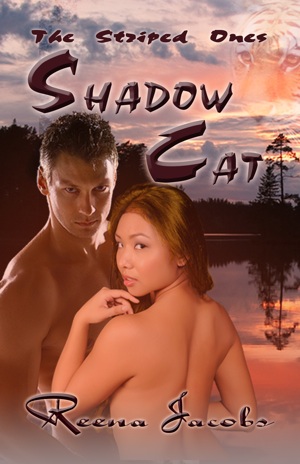

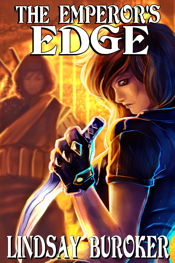

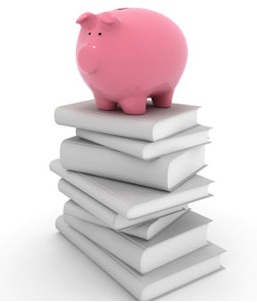 It’s been a while since the last post in this series, so here are the threads to the earlier entries in case you’re coming in new or want a refresher:
It’s been a while since the last post in this series, so here are the threads to the earlier entries in case you’re coming in new or want a refresher: